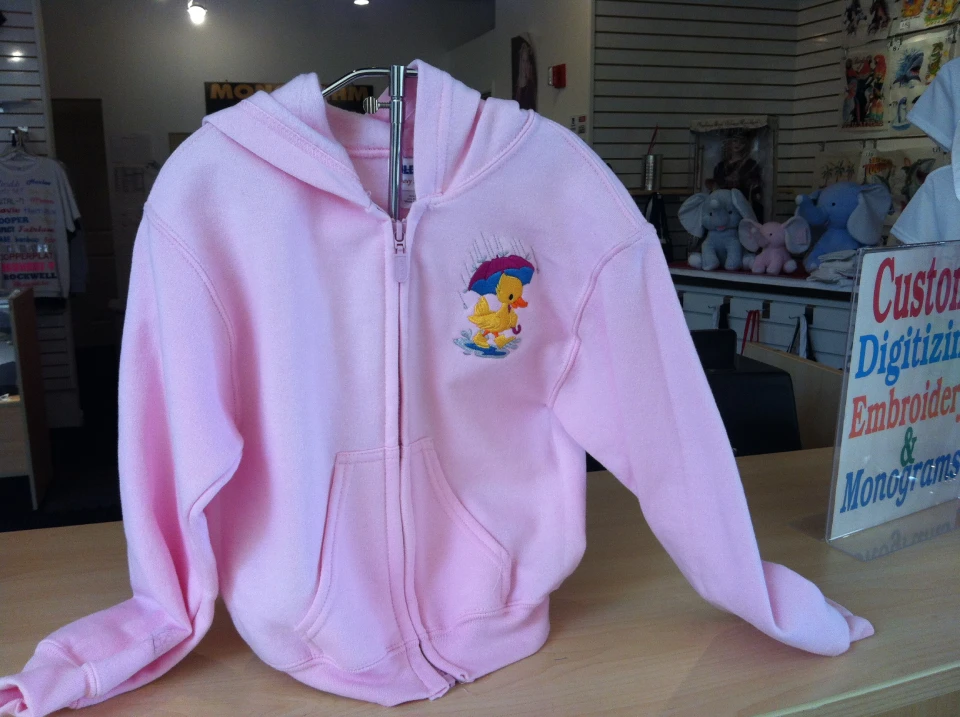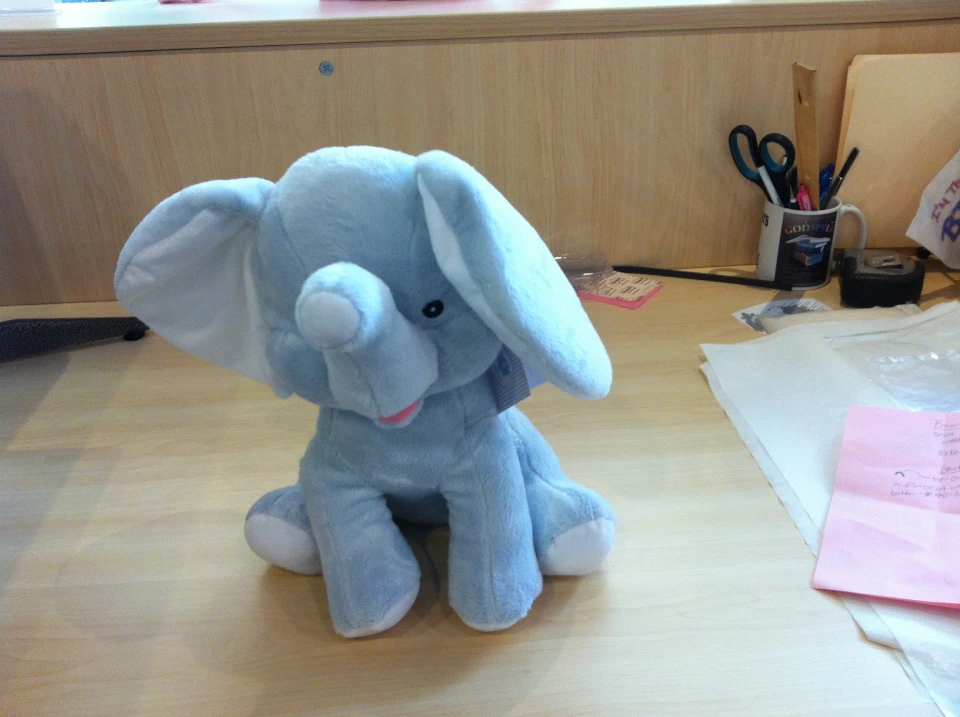Embroidered Sports Teams Names and Numbers - Expert and Resilient
Embroidered Sports Teams Names and Numbers - Expert and Resilient
Blog Article
The Art of Customized Needlework: Opening the Secrets to Creating Special and Memorable Styles
Embroidery, a craft steeped in custom and virtuosity, holds within its detailed stitches the power to transform textile into a canvas of distinct expression. The secrets to creating custom-made embroidery layouts that astound the eye and leave a long-term perception hinge on a delicate equilibrium of strategy, creativity, and attention to detail. As we explore the world of custom needlework, we uncover the nuanced interplay in between string option, stitch intricacy, and design customization that raises a plain garment to a work of art. Join us on a trip via the art of custom needlework as we unwind the enigmas behind crafting absolutely remarkable and distinctive productions.
Selecting the Right Needlework Threads
When choosing embroidery threads, what crucial factors should you think about to guarantee the best outcomes for your custom designs? The selection of embroidery thread is vital in identifying the final result of your stitched design. Among the key factors to consider is the material of the string. Various materials such as cotton, polyester, rayon, and silk provide differing degrees of shine, toughness, and appearance. It is necessary to pick a string material that enhances the material you are embroidering on and lines up with the wanted look of the style.
Thicker threads can add measurement and structure to your design, while finer threads are perfect for detailed information and tiny text. In addition, thinking about the shade fastness and washability of the string is crucial to guarantee that your personalized styles keep their top quality and vibrancy over time.
Discovering Different Stitch Methods
To look into the realm of 'Discovering Various Stitch Methods', one must understand the details and nuances that each sewing technique brings to the art of embroidery. Different stitch methods not only add visual interest but likewise add to the total structure and measurement of the layout. One prominent stitch method is the satin stitch, which entails very closely packed parallel stitches to produce a smooth and glossy surface, suitable for filling out forms and producing bold outlines.
On the various other hand, the backstitch is a functional technique frequently utilized for outlining and adding great details. It entails sewing backwards to develop a strong line of needlework. Additionally, the French knot stitch includes a responsive element to layouts, best for producing textured accents like blossom facilities or decorative touches.
Checking out different stitch techniques enables embroiderers to play with light, darkness, and depth within their designs, boosting the aesthetic allure and imaginative high quality of their needlework projects. By understanding numerous sewing approaches, one can open countless opportunities for developing unique and memorable customized embroidery items.
Incorporating Personalized Design Components
Having actually checked out the details of various stitch techniques such as the satin stitch, backstitch, and French knot, the focus currently moves in the direction of integrating tailored design aspects in custom-made embroidery jobs. Individualized layout aspects play a critical duty in making embroidery tasks really distinct and unforgettable.
Another way to include individualized design aspects is by including symbols or themes that hold special definition to the recipient or reflect their passions and character. Including a favorite flower, pet, or hobby-related icon can make the embroidery style extra purposeful and tailored. In addition, selecting shades that resonate with the recipient or align with the desired theme can additionally enhance the customization of the embroidery project.
Grasping the Art of Shade Sychronisation

One trick element of shade coordination is understanding shade concept. This includes understanding how different shades engage with each various other, the feelings they communicate, and how these details they can be incorporated to develop aesthetically appealing designs. By applying shade concept concepts, embroiderers can produce unified shade palettes that enhance the total appearance of the design.
Furthermore, taking notice of comparison is critical in color control. Utilizing contrasting colors can aid certain components of the design pop, improve readability, and produce an aesthetically vibrant embroidery item. By understanding the art of color control, embroiderers can raise their designs and create remarkable pieces that resonate with customers and audiences alike.
Enhancing Structure With Advanced Needlework Stitches

Bullion knots, on the various other hand, can be used to produce twisted, ropelike aspects that include a glamorous feeling to the embroidery. Exploring with these sophisticated embroidery stitches enables you to press the limits of standard embroidery and create really distinct and visually enticing structures in your designs.
Verdict
To conclude, the art of customized embroidery includes a combination of selecting the appropriate strings, exploring numerous stitch methods, integrating individualized design elements, understanding shade sychronisation, and improving structure with innovative stitches. By understanding and implementing these Visit This Link crucial elements, embroiderers can develop special and unforgettable styles that display their creativity and ability. Embroidery fanatics can unlock the secrets to producing lovely and custom pieces that attract attention and leave an enduring perception.
Report this page